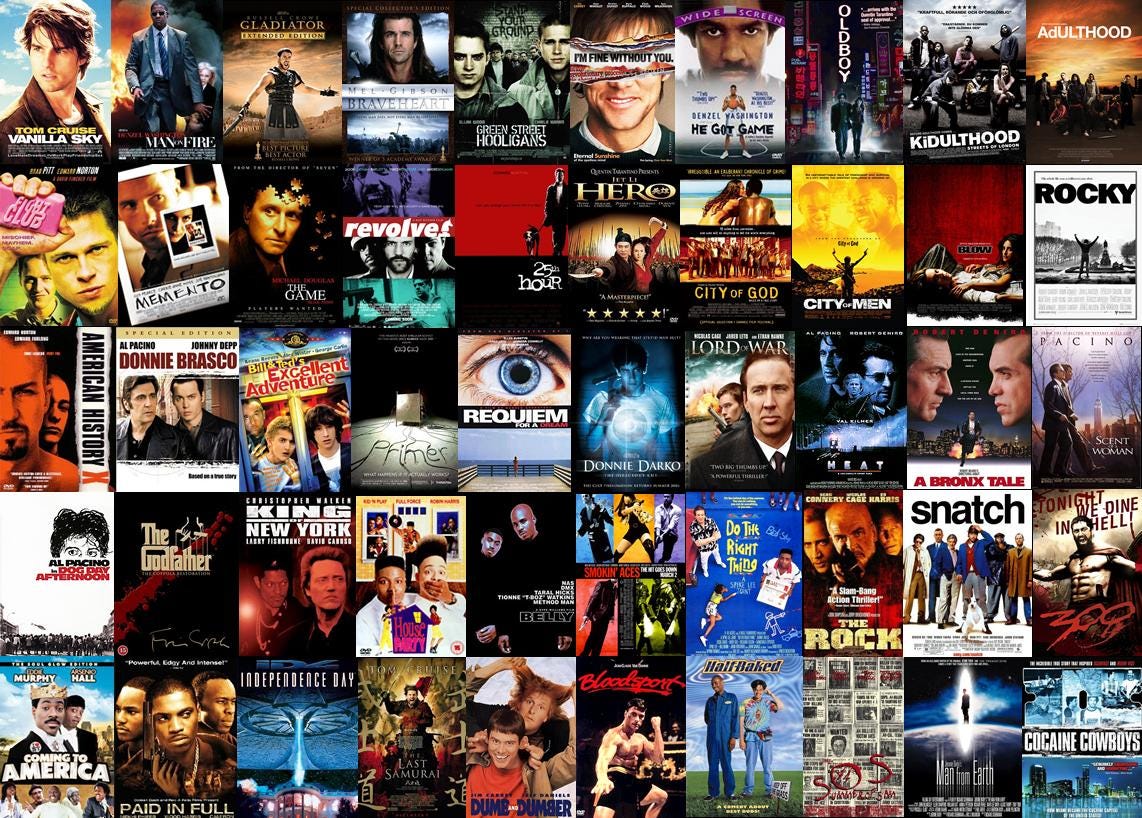Loading...

The typical Hollywood film usually has a budget of at least $50 million, and that is considered to be low budget in most cases. The biggest titles and franchises can cost as much as a billion for just 140 minutes of footage, even with the growing popularity of AI. You may probably be wondering what the breakdown of these costs is and how sure studios can be that there will be a return on their investment.
1. Pre-Production and Talent Costs
Pre-production and talent costs usually cover at least 30% of the total budget of the film. A major proportion of this is spent on star power. Name recognition makes marketing easier and can influence how the entire film is perceived by the target audience. Stars are paid as much as $12 million, while directors are usually paid between $5 and 10 million. Producers and writers usually earn between $2 and 5 million. Additional costs may also be spent on script rights if the film was adapted from existing work.
2. Crew, Locations, and Other Aspects of Production
Production itself costs a ton. The crew needed to cover different areas of production can be more than a hundred people, sometimes thousands. Exotic locations are often used that can cost a ton to reserve. The set design, including props and costumes, can run into millions of dollars. Visual effects artists for blockbuster and sci-fi films can cost more than $10 million. Other production-related costs include travel, equipment rental, and insurance.
3. Post-Production Costs
Key post-production costs include editing, which can cost more than $2 million, sound mixing, and additional visual effects work that can cost up to $3 million.
4. Marketing and Distribution
Marketing is usually the most costly item in a film’s budget. Without effective marketing, the film may slip past the target audience, who have tons of options. Marketing as a result usually makes up 50% of the total budget of the film. In addition to a global marketing campaign, costly events such as premieres and interviews often have to be carried out.
Why Do So Many Films Make Losses even with all this Spending?
It’s no surprise for a high-budget film that was well marketed to make major losses. It’s even more surprising to learn that a film doesn’t even have to be a flop to make major losses. Some best-selling titles often make losses in the tens of millions. Key reasons for this include
a) A high marketing budget does not mean the film will become a hit. Most of the marketing budget may not lead to a return.
b) Theaters often keep up to 50% of revenue, meaning studios at times only get half of box office revenue.
c) Studios often have significantly high fixed costs. One high-budget film is often expected to support numerous other studio projects.
d) Piracy and illegal distribution—a lot of illegally distributed content chips away at potential revenue for a film.
e) Revenue is shared by too many parties. One film can involve multiple studios, high-value rights deals, and performance-based earnings for directors and actors. This increases costs and can lead to losses.
Conclusion
The average budget of a Hollywood film is therefore enough to break a bank. While this increases the chances of the film being successful, it does not automatically mean that the film will be profitable. Generally a lot goes into determining the overall profitability of a film.